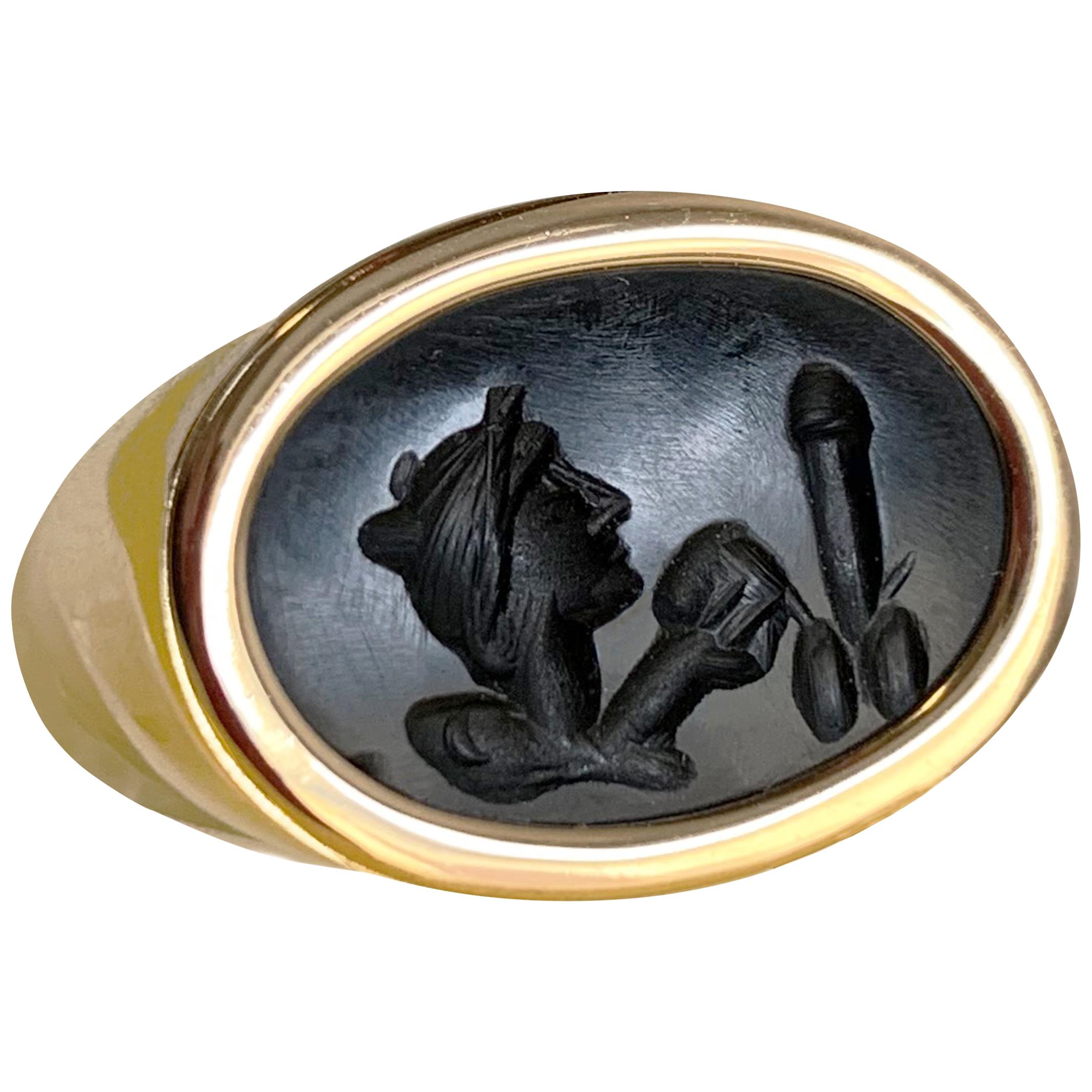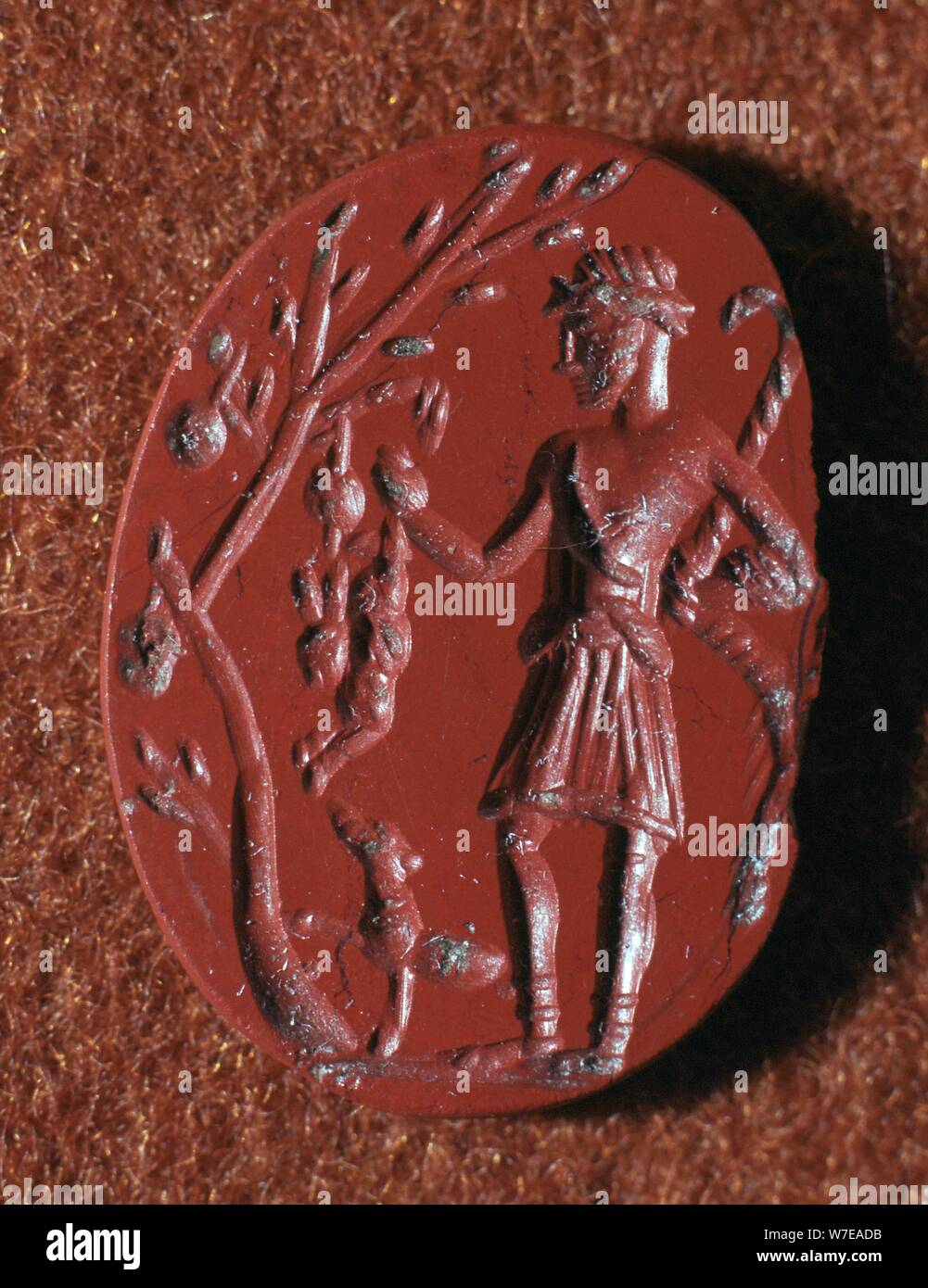
Woodcuts often involved multiple people, each tasked with various stages of production. The former were made via relief printing, in which parts of a wooden block were cut and covered in ink to create an imprint. Renaissance prints fall under two main categories: woodcuts and engravings. Titled Copies, Fakes, and Reproductions: Printmaking in the Renaissance, the show makes the argument that copies, despite the negative connotations associated with the word, are not necessarily inferior to so-called “originals.” As Lydia Pyne asks for Hyperallergic, “Where does ‘the original’ end and ‘the copy’ begin? And, more to the point, where does ‘the copy’ end and ‘the fake’ begin?”Īn ongoing exhibition at the University of Texas at Austin’s Blanton Museum of Art draws on prints by Dürer, Raimondi, Raphael, Michelangelo, Giorgio Ghisi and other Renaissance giants to explore this oft-tenuous relationship between artist and copyist. The questions raised by this early copyright battle continue to divide scholars and art lovers today. 1515īlanton Museum of Art/Collection of Harry Ransom Center, The University of Texas at Austin Left: Albrecht Dürer, “Madonna with the Pear,” 1511 / Right: Monogrammist IR, “The Virgin and Child with a Pear," ca.

Dürer ultimately took Raimondi to court in what art historian Noah Charney describes as “the first-known case of art-specific intellectual property law brought to trial." To his dissatisfaction, the Venetian panel took Raimondi's side, pointing to small changes made by the artist as proof of his benign intent.
#ROMAN INTAGLIO FREE#
As he warned in the impassioned introduction to his 1511 “Life of the Virgin” series, “Beware, you envious thieves of the work and invention of others, keep your thoughtless hands from these works of ours.” But what Dürer considered plagiarism, others, including engraver Marcantonio Raimondi, viewed as tribute, or even free publicity. Looking to ancient times, BBC Culture’s Jason Farago notes, the Romans considered their contemporary replicas on par with original Greek statues-a sentiment that persists to this day, with many museums spotlighting later copies of lost classics.įor Albrecht Dürer, a master painter and printmaker active during the Northern Renaissance, originality was a more straightforward concept. Take, for example, Andy Warhol’s Pop Art Brillo Boxes-which not only copied an existing commercial design, but also exist in such quantities that it is impossible to tell which were created directly by the artist versus his team of assistants and carpenters-or Marcel Duchamp’s “ L.H.O.O.Q.,” a doctored, mass-produced version of da Vinci’s “Mona Lisa” indistinguishable from the original apart from hand-drawn facial hair and a string of letters inscribed below the portrait. While forgery, defined as passing one’s work off as someone else’s, is fairly easy to differentiate, the boundaries of originality are harder to tease out. Throughout art history, the lines between mimicry, reproduction and forgery have often been blurred.

Thomas," circa 1535 – 1561īlanton Museum of Art, University of Texas at Austin

Thomas," 1514 / Right: Johann Ladenspelder, "St.


 0 kommentar(er)
0 kommentar(er)
